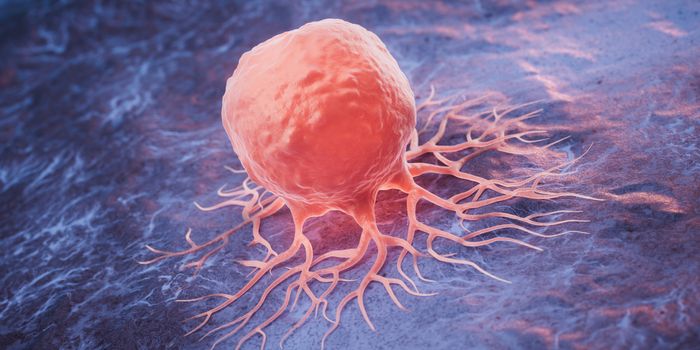Ovarian cancer metastasis and CPT1A
Research published in the journal Molecular Cancer Research from collaborators at the University of Colorado Cancer Center hits on new insight as to how ovarian cancer spreads. While ovarian cancer grows in the fallopian tubes, in order to spread it must depend on an energy source. The researchers have discovered that ovarian cancer cells rely on cells with high-fat content to garner the energy to metastasize and that a specific enzyme CPT1A allows them to do so. This discovery provides an opportunity to target CPT1A in order to slow the spread of ovarian cancer cells, a realization that could open new paths for future treatment options.
Benjamin Bitler, Ph.D., from the CU Cancer Center, explains that he and his colleagues observed how the enzyme CPT1A controls how much fat ovarian cancer cells can burn. From there, they hypothesized that limiting cells' access to CPT1A could cut off the energy supply they need to spread.
Referring to ovarian cancer cells, Bitler says, "When they break off, they metabolically shift to use fats more - it allows these cells to survive and then they seek out or are able to colonize fatty tissue. It looked like CPT1A was the rate-limiting step in their ability to do this," says Bitler, who is also an assistant professor in the CU School of Medicine Department of Obstetrics & Gynecology.
Bitler worked with colleague Isabel Schlaepfer, Ph.D. to further understand the role of CPT1A. Together, they showed that the presence of the enzyme prevented ovarian cancer cells from dying, while the lack of the enzyme significantly reduced the spread of human cancer cells grown in mouse models. "It didn't completely abolish ovarian cancer cells' capacity to go to fat-rich sites, but it reduced it pretty dramatically," says Bitler.
The researchers are working to move this discovery out of the laboratory and into clinical trials. "There's a drug called etomoxir that inhibits CPT1A and has been tested as a preventative for congestive heart failure," Bitler says. "Our hope is that we could use etomoxir to treat chemo-resistant disease," Bitler says.
Sources: Molecular Cancer Research, Eureka Alert








